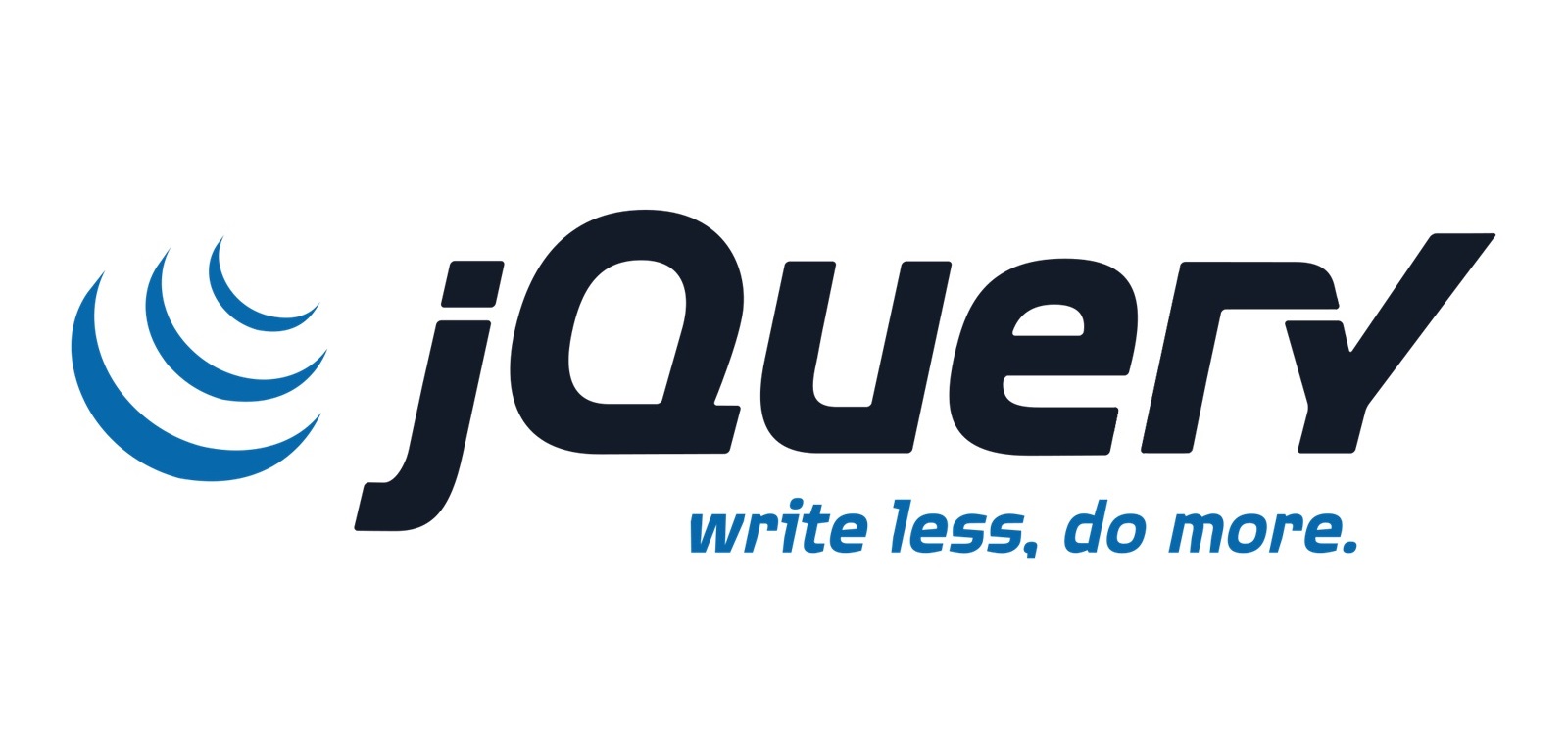jQuery is one of the most widely used JavaScript libraries for creating dynamic and interactive web pages. It simplifies complex tasks like DOM manipulation, event handling, animations, and AJAX interactions with a simple and easy-to-use API. In this beginner’s guide, we’ll help you get started with jQuery by discussing its importance, setup methods, and basic syntax.
Table of Contents
What is jQuery?
jQuery is a lightweight and fast JavaScript library designed to simplify client-side scripting of HTML. It was created by John Resig in 2006 and has since become a standard tool for web developers. jQuery’s motto, *“Write Less, Do More,”* perfectly encapsulates its purpose: to make coding easier and more efficient.
Why Use jQuery?
There are several reasons why developers choose jQuery for web projects:
- Ease of Use: jQuery’s syntax is simple and clean, making it easy to learn and implement.
- Cross-Browser Compatibility: It handles browser inconsistencies, ensuring your code works across all modern browsers.
- Rich Features: Includes powerful features for animations, AJAX calls, DOM manipulation, and event handling.
- Extensive Plugin Ecosystem: A large collection of plugins is available to extend its functionality.
Setting Up jQuery
Before you can start using jQuery, you need to include it in your project. There are two main methods to do this:
1. Using a CDN (Content Delivery Network)
This is the easiest and fastest way to include jQuery. Add the following line to your HTML file inside the <head> section:
<script src="https://code.jquery.com/jquery-3.6.0.min.js"></script>
The browser will fetch the library from a reliable CDN like jQuery’s official site.
2. Downloading and Hosting Locally
You can download jQuery from the official website and save it in your project directory. Include it like this:
<script src="path-to-your-project/jquery-3.6.0.min.js"></script>
Basic jQuery Syntax
jQuery uses a simple yet powerful syntax based on the $() function. Here’s a breakdown:
Basic Structure:
$(selector).action();
Explanation:
$: This is the jQuery object or function.selector: Identifies the element(s) to manipulate (e.g., ID, class, or tag).action(): Specifies what you want to do with the selected element(s).
Example
The following jQuery script changes the text of a paragraph with the ID #example:
<script>
$(document).ready(function() {
$("#example").text("Hello, jQuery!");
});
</script>
This ensures the DOM is fully loaded before executing the jQuery code.
Conclusion
jQuery remains an excellent choice for developers who need a simple and effective way to handle complex JavaScript tasks. With its ease of use, wide adoption, and vast plugin ecosystem, it continues to play a vital role in web development. Now that you’ve learned how to set up jQuery and understand its basic syntax, you’re ready to dive deeper into its features in the next part of this series.
